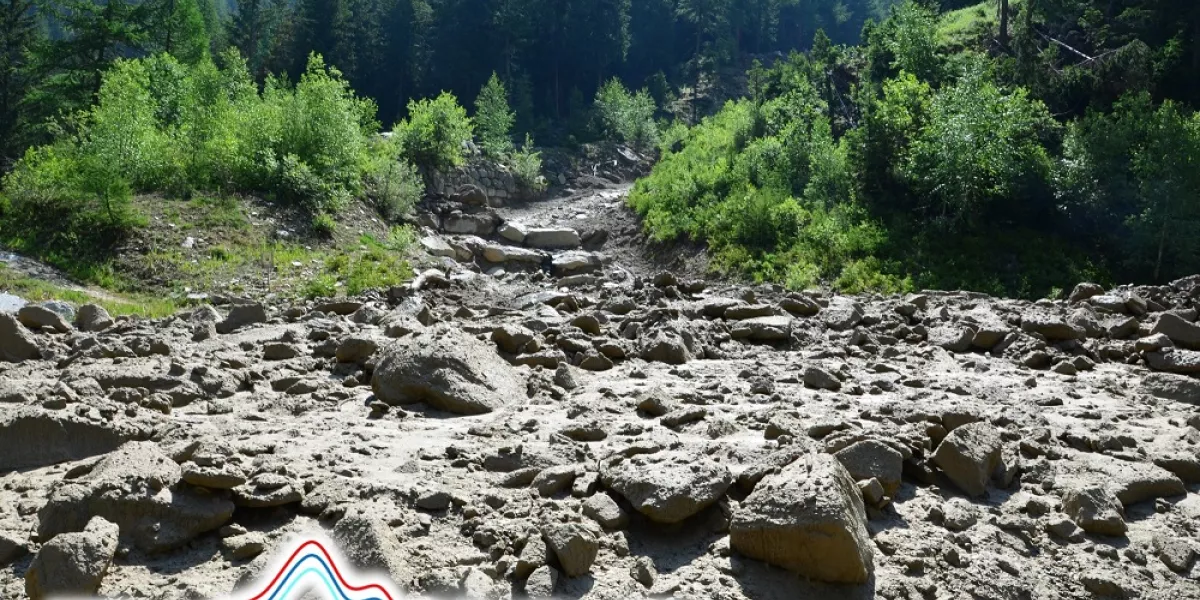PolarALP
Testing a new rapid alert system based on fiber optic sensors for mitigating risks from avalanches, debris flows, and rockfalls to protect infrastructure in alpine environments.

Scheda del progetto






The project named PolarALP aims to develop industrially and test in operational environments a prototype of an innovative rapid alert system based on fiber optic sensors for mitigating risks associated with mass transport phenomena such as avalanches, debris flows, and rockfalls. Due to climate change, these events are becoming more frequent and destructive as the intensity of triggering factors continues to increase. These events generate characteristic vibrations during their propagation that can be promptly identified by fiber optics before reaching at-risk infrastructure.
In this project, the initial focus is on developing algorithms for accurately identifying events and establishing the operational logic of the rapid alert system. Subsequently, the plan is to design, construct, and integrate the components necessary to create a complete prototype of the system. This prototype will be tested in a canyon in Valle d'Aosta, where such mass transport phenomena typically occur and propagate. Based on the results obtained from the experimental phase, specifications for industrializing the system will be finalized.
Contact:
Francesco Antolini
francesco.antolini@geo-solving.com
The challenge that the PolarALP project aims to overcome is to enhance the resilience of human-made infrastructure in alpine environments against hydrogeological disasters through advanced detection and rapid alert systems for potential catastrophic events.
The PolarALP project and the development of its prototype are innovative in the application and interrogation method of fiber optics. It utilizes a distributed system capable of real-time and spatially continuous monitoring of vibrations along propagation paths. This approach improves upon current technology for detecting these phenomena, which typically relies on discrete sensors and involves higher costs.
The end-user receives real-time and spatially continuous supplemental information about an area prone to mass transport phenomena, which can pose risks to people's safety and significant disruptions, especially in terms of transportation. Monitoring the area not only with localized instrumentation but also with a spatially distributed and highly sensitive detection system enhances monitoring quality. This capability contributes to faster and more accurate responses from the alert system.
